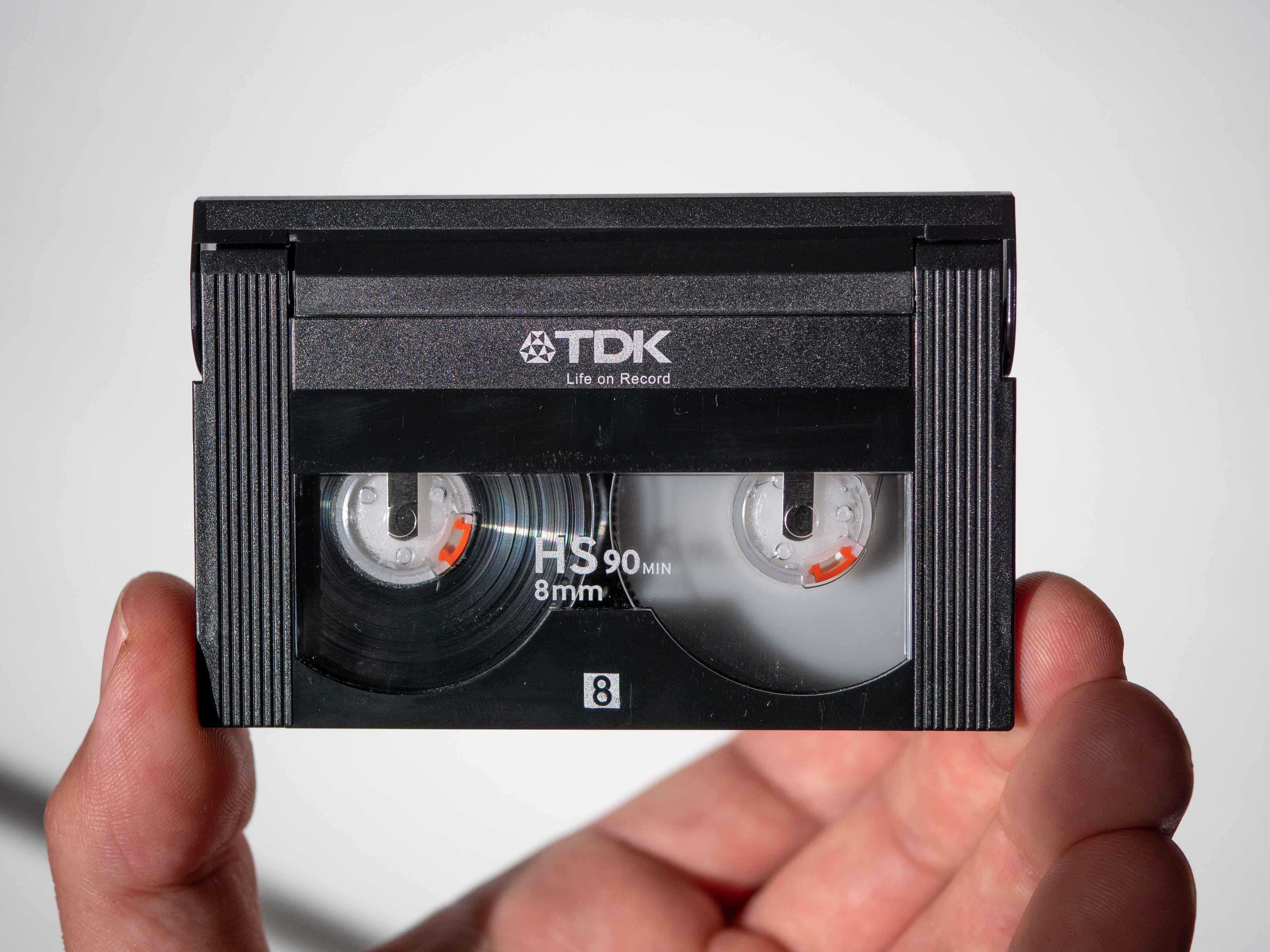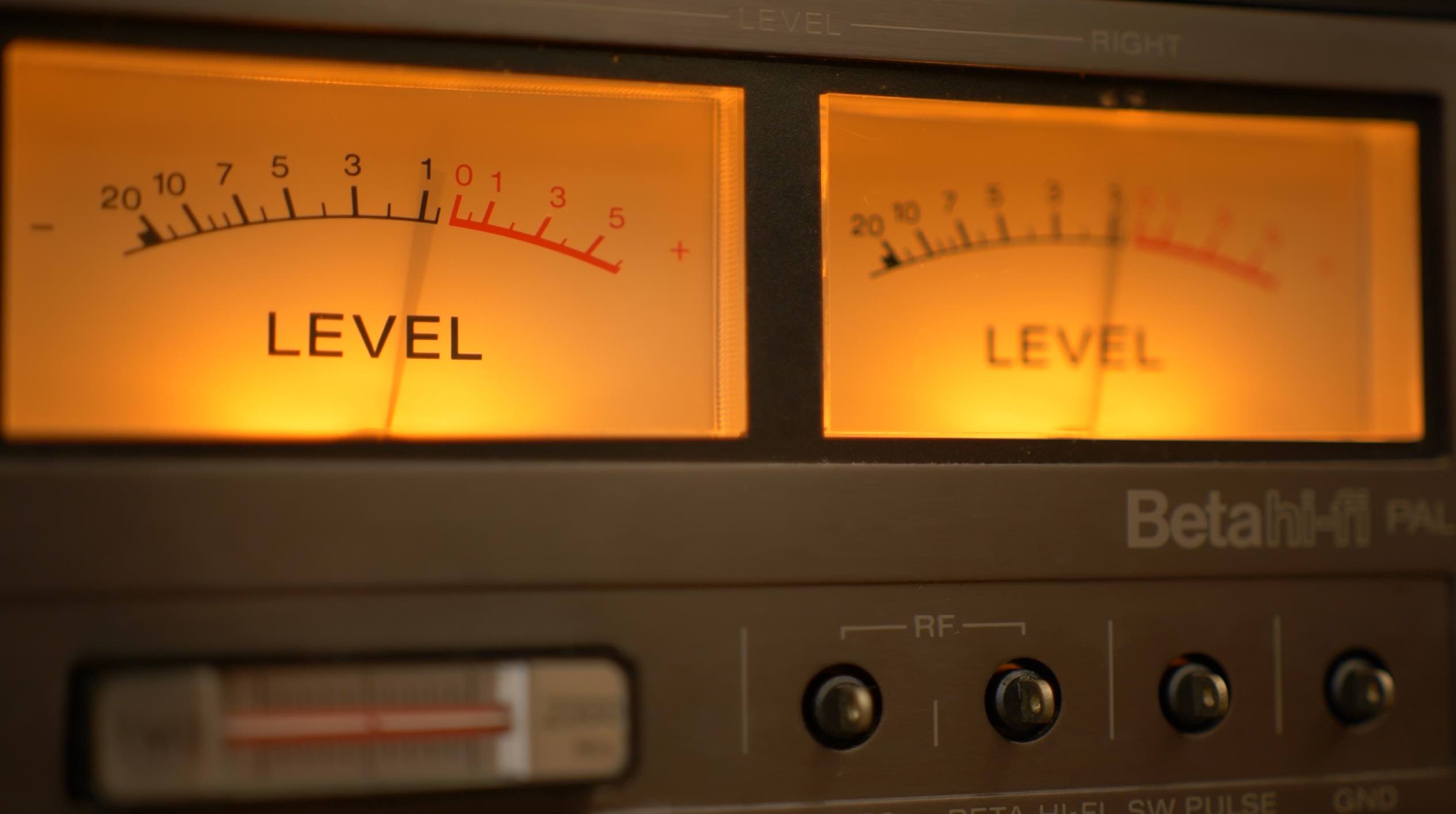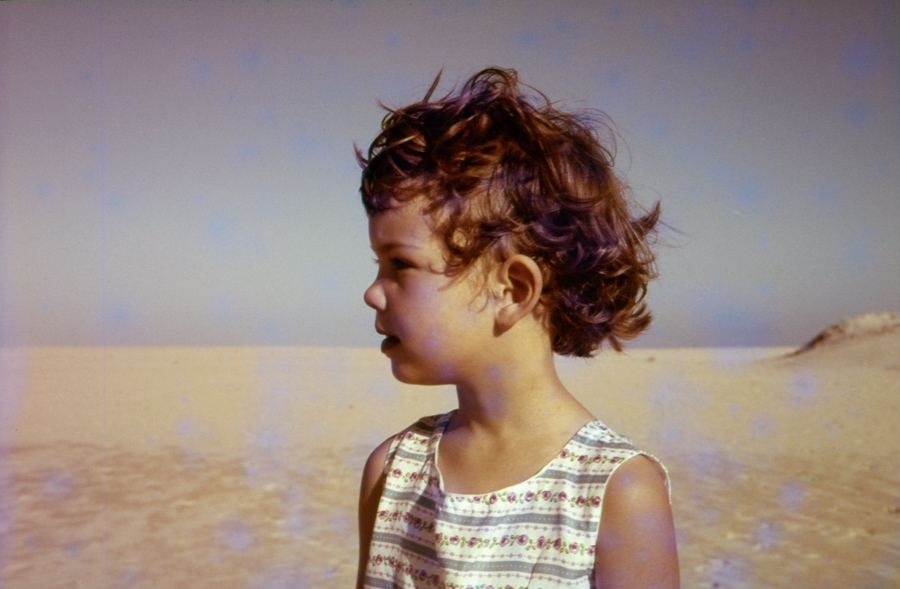Looking for movie film digitising?
Find out more about our 16mm, 8mm, 9.5mm and super 8 to USB or DVD on our dedicated film scanning page here


We offer a professional video transfer service based in Newcastle NSW. We convert many different types of tape media in the best quality possible, and we have one of the highest quality film scanners in Australia.
Video & Audio Tape Transfers
We can transfer most tape & disk formats to digital, such as:
Hi8, Video 8, Digital 8
MiniDV, DV, HDV, DVCAM
VHS, S-VHS, VHS-C, S-VHS-C
MicroMV
Betacam SP, Betacam SX, MPEG IMX, Digital Betacam (digibeta)
Betamax including hifi audio
Audio cassettes, Reel to Reel 1/4" Audio and DAT Audio Tapes
U-Matic Video Cassettes
1/4 inch video tape
EIAJ-1 1/2 inch B&W sony video tape
We copy them off in the best possible quality by using pro and prosumer playback equipment and broadcast converters.
The transfers files can be stored on a flash drive, external hard drive or DVD.
Photo Scanning
Dust off those photo albums! We can scan all your photo negatives & photo slides, with a high resolution scanner. Dust and other blemishes are removed via software.
We also clean and transfer your negatives and slides into archival sleeves.
Video
Tapes
Hi8, Video8, MiniDV, DV, VHS, S-VHS, S-VHS-C, MicroMV & Betamax. We can convert them all to digital!
Photos &
Film
Photo negatives (those film strips you received with your prints), Photo slides (the plastic or cardboard squares) can all be scanned and stored digitally
Tape Repair
& Cleaning
If you’ve got a damaged tape, either physical or mould, we can fix it!
Find out what makes our transfer service stand out from the others
Knowledge and ability to work with many formats
We have a wide range of equipment to allow us to digitise over 14 different types of media. We’re almost a one stop shop.
Our equipment is of professional or prosumer level, while being serviced and maintained in house
We have an in-depth knowledge of analogue tape and film media, which is crucial to make each part of the transfer chain work.
Care and Handling
A lot of the tape media found today is around 30-40 years old, so it needs to be cared for and handled correctly.
Many tapes have grown mould, which causes a problem for transferring. The mould has to be removed by playing it through a cleaning machine, or cleaning by hand.
The 8mm tape format (Video 8, Hi8) is particularly difficult to work with when it’s mouldy. The tape is so fine and fragile, and the mould basically glues the edges together.
One must be patient and careful to extract the best from the tapes.
The final product
After we have transferred the media, we will open it in our editing software, allowing it to be de-interlaced, cropped to remove the overscan lines, or apply noise reduction and stabilisation.
We generally provide customers the video files as .mp4 files, which seem to be the most accepted by computers, tablets and smart TV’s. Uncompressed formats are available also.
A few different types of slide film have deteriorated, leaving them heavily magenta/red looking. This can be fixed by adjusting the separate RGB curves, boosting the colours lacking.


Surprisingly, there is still plenty of colour information in the slide. This was just an adjustment of the separate RGB curves, and a saturation boost.
After the changes, there’s a chance there will be some spots of blue. This is where the film didn’t degrade at the same rate as the rest. It can also be corrected to a certain degree. But has been left in here for the example…
Video Transfer FAQ
How do I get my tapes to you?
You can drop them off at our Newcastle NSW office, post them to us, otherwise we can send you a prepaid postage box.
We offer a contact free drop-off an pickup service to keep everyone safe.
What quality is the transfer?
This is the question that started it all. When we were on the hunt for a service to import our tapes, it was difficult to find answers on the quality. Most offered transfer to DVD, but we didn’t want to compress it down. We offer the full, uncompressed output straight from the player. We can also compress it if you’d like smaller file sizes for sharing, but at least you can have the large sizes too!
The quality is just as it was filmed in. We use professional tape decks and camcorders to import.
How long do you take to transfer?
It depends! Importing video from tapes isn’t as simple as “drag and drop”. You have to play the video in real time as the computer imports it. Most tapes are around 1-2 hours, so it depends on how many you have, and our current bookings
How can I play the videos?
The uncompressed video will be in the form of “DV” video, or Apple ProRes. which can play in Quicktime Player & VLC. It can also be used in video editing programs.
We can convert it to a .mp4, which is less fussy about what it’s played on, and also burn it to a DVD or BluRay
You could put in on a flashdrive to play on the TV, or upload online for easy sharing and backup.
What are the files provided on?
Depending on the size, we can use a flash drive, or if there are a large number of files – we will use a small external hard drive.
We can also upload to cloud storage for simple downloading
What equipment do you use?
VHS, S-VHS and VHS-C are transferred using a high end VCR. We own a Panasonic NV-HS1000 and a JVC HR-S7860EK which both have built in TBC (time base correction) and excellent tape tracking. It’s so important to use a high end VCR to play the tapes in order to get the best transfer. Some just use a $20 VCR.
A panasonic ES-10 or ES-15 are placed in line to use as a comb filter
The signal is converted to the computer via a Blackmagic Intensity Shuttle capture card, and imported in real time as an Apple ProRes file.
8mm video, Hi8, Video8 and Digital 8 tapes are transferred using a high end Sony, using the S-Video connection. High end Sony camcorders have an excellent analogue to digital conversion.
DVCAM, MiniDV are played back using a Sony HVR-M25E and transferred on an all digital signal. The video is written on the tapes as a digital format, so it’s important to retain it as a Digital signal throughout the transfer chain. Many will use a miniDV camcorder outputting over the TV cable that was bundled with it, to a basic USB capture device. If that’s the case, the camera converts the signal to analogue, then the USB device goes from analogue to digital again which would degrade the signal quality as those conversions wouldn’t be lossless.
We use the high end Sony decks as they allow HDMI or SDI output, which is a digital signal straight to the computer.
Betamax is a format we are happy to be able to offer. the machines are very rare to find, especially in working order (although they always need a service and calibration!). We use a machine that was commonly used in libraries. It’s a very heavy Sony SLO-1700. It has a top loading function for a longer service life, and supports HiFi audio. Depending on the quality of the tape, we will either run it through Panasonic ES-10 or straight to a brighteye TBC and comb filter to digitise it as an SDI signal.
For betacam, we have the famous Sony J30SDI compact player, which will play all the betacam flavours and output it directly from the player as an SDI signal, allowing us to capture as an uncompressed 10bit file via a Blackmagic ultra studio recorder.
The smallest video tapes are MicroMV tapes. We have a handycam that we use to play the micro tape format
For audio cassettes, we use a Tascam 122MKIII. This was a cassette deck designed for recording studios. it has excellent playback, and is considered one of the best for audio digitisation. The analogue audio is supplied to the Universal Audio Apollo Twin X for the analogue to digital conversion and ingest to the computer.
For reel to reel audio, we use the Uher 4000 or Nagra 4.2 portable field recorder for smaller, more delicate tapes, and the Otari MX5050 for larger studio tapes. Both these machines are considered an excellent choice for audio digitisation (although we would love a Studer)
For DAT audio tapes, we have a Tascam DA-30MkII which we capture the digital stream directly into the computer as a digital file, so there’s no analog – digital conversion loss.

